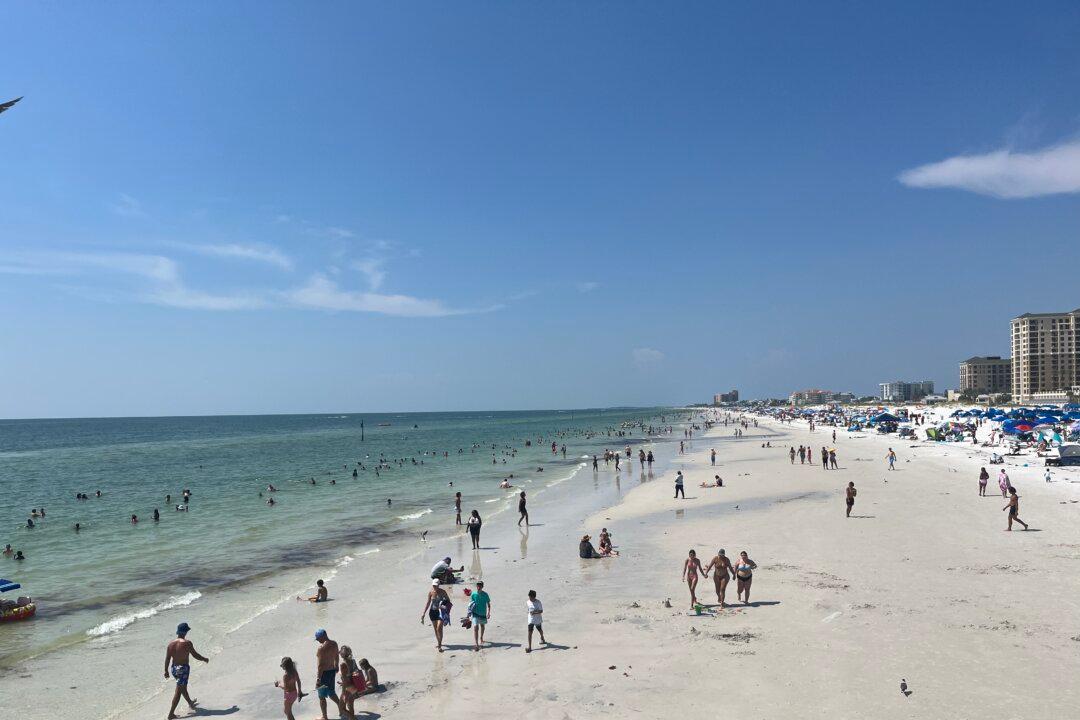Five people are confirmed dead in the Tampa Bay area because of a rare type of flesh-eating bacteria, Vibrio vulnificus, the Florida Department of Health stated in a recent update.
Those deaths occurred in Pasco, Polk, Sarasota, and Hillsborough counties beginning January, the agency said. There have been 26 reported cases across the state so far this year, while in 2022, there were 74 total cases and 17 deaths. That was likely, in part, because of Hurricane Ian making landfall in 2022.






